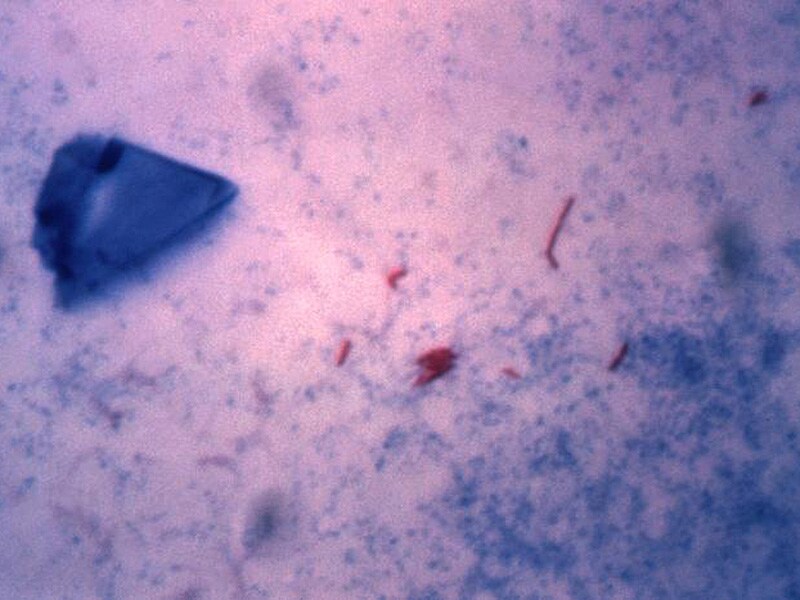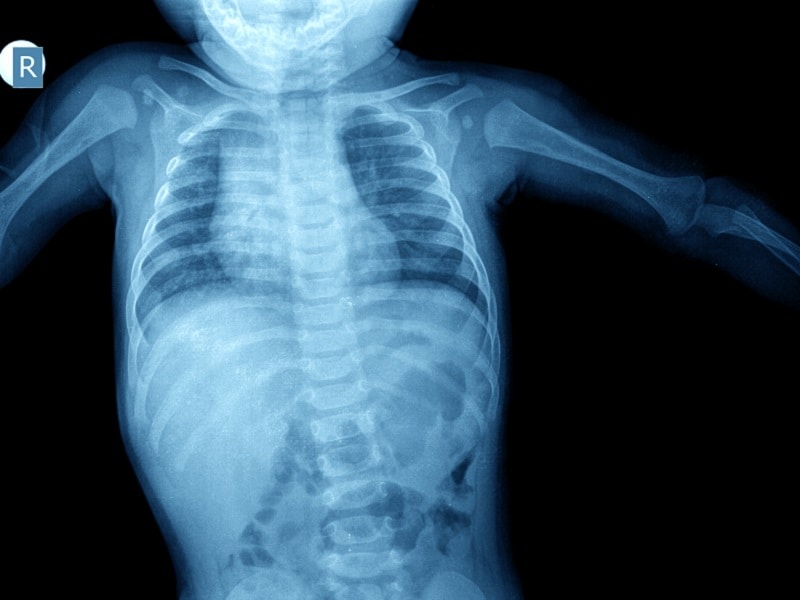WHO Recommends Rapid Test, Shorter Drug Regimen for MDR-TB
My Alerts
Click the topic below to receive emails when new articles are available.
RELATED DRUGS & DISEASES
The World Health Organization (WHO) today issued new recommendations designed to speed up detection and improve treatment of multidrug-resistant tuberculosis (MDR-TB).
The recommendations call for use of a novel rapid diagnostic to rule out resistance to second-line drugs and a shorter, cheaper treatment regimen for MDR-TB.
"This is a critical step forward in tackling the MDR-TB public health crisis," Mario Raviglione, MD, director of WHO's Global TB Programme, said in a news release.
"The new WHO recommendations offer hope to hundreds of thousands of MDR-TB patients who can now benefit from a test that quickly identifies eligibility for the shorter regimen, and then complete treatment in half the time and at nearly half the cost," Dr Raviglione noted.
The new treatment regimen can be completed in 9 to 12 months, rather than the typical 18 to 24 months, and is less expensive than current regimens, the WHO says. They also expect that the shorter regimen will improve outcomes and potentially reduce deaths resulting from greater adherence to treatment and reduced loss to follow-up.
The shorter regimen is recommended for patients with uncomplicated MDR-TB; for example, those individuals whose MDR-TB is not resistant to the most important second-line drugs used to treat MDR-TB (fluoroquinolones and injectables), the WHO says. The shorter regimen is also recommended for people who have not yet been treated with second-line drugs.
The shorter regimen, outlined in a WHO flow chart, includes an "intensive" treatment phase, lasting 4 to 6 months and consisting of four second-line drugs, and a "continuation" phase, lasting 5 months and composed of two drugs. The seven recommended drugs are kanamycin, moxifloxacin, prothionamide, clofazimine, pyrazinamide, high-dose isoniazid, and ethambutol.
The recommendations on the shorter regimens are based on initial studies involving 1200 patients with uncomplicated MDR-TB in 10 countries, and are expected to benefit the majority of patients with MDR-TB worldwide, the WHO says. However, there are "serious risks" for worsening resistance if the shorter regimen is used inappropriately (ie, in patients with extensively drug-resistant TB [XDR-TB), they warn.
Rapid Diagnostic Test
The WHO also recommends national TB reference laboratories now use a novel rapid diagnostic test to rule out resistance to second-line drugs. The DNA-based test called MTBDRsl identifies genetic mutations in MDR-TB strains rendering them resistant to fluoroquinolones and injectable second-line TB drugs, the WHO says.
"This test yields results in just 24-48 hours, down from the 3 months or longer currently required. The much faster turnaround time means that MDR-TB patients with additional resistance are not only diagnosed more quickly, but can quickly be placed on appropriate second-line regimens," the WHO says.
The MTBDRsl test is also a "critical prerequisite" for identifying patients with MDR-TB eligible for the new shorter treatment regimen, while avoiding putting patients who have resistance to second-line drugs on the shorter regimen, which could contribute to the development of XDR-TB.
"We hope that the faster diagnosis and shorter treatment will accelerate the much-needed global MDR-TB response," Karin Weyer, DSc, from the WHO Global TB Programme, said in the release. "Anticipated cost-savings from the roll out of this regimen could be re-invested in MDR-TB services to enable more patients to be tested and retained on treatment."
The WHO says it is working with technical and funding partners to ensure adequate resources and support for the uptake of the rapid test and shorter treatment regimen in countries.


No comments:
Post a Comment